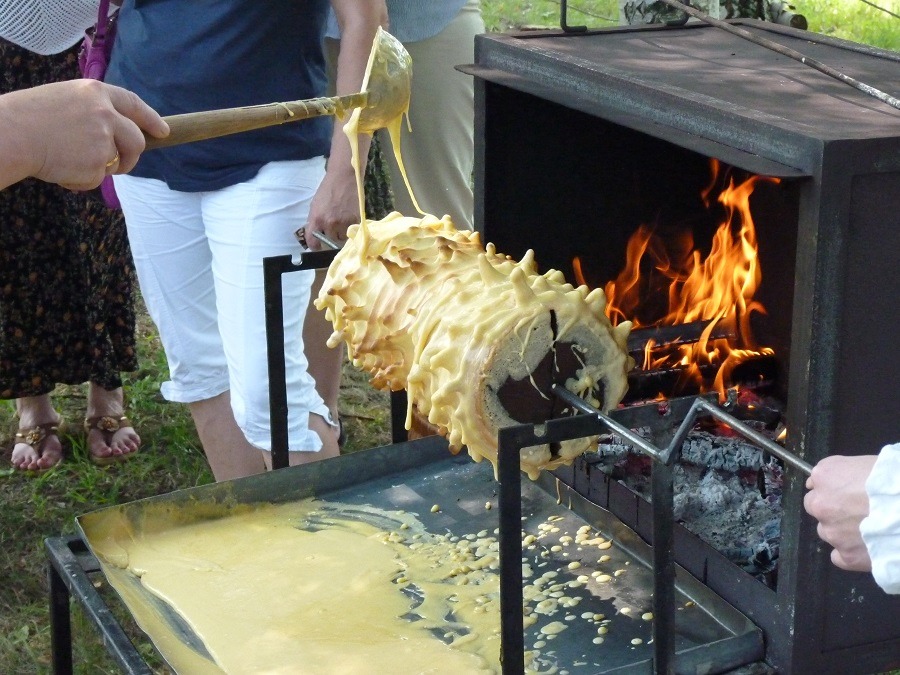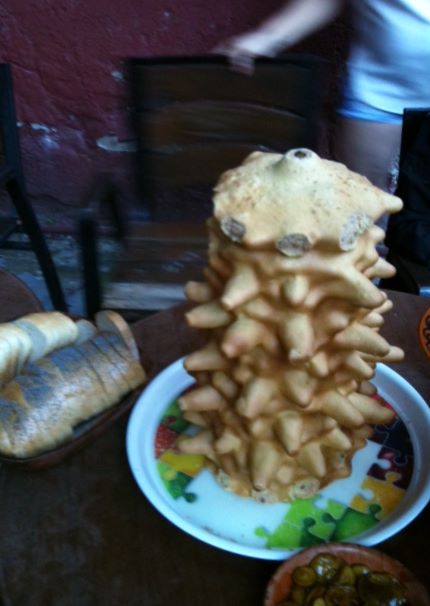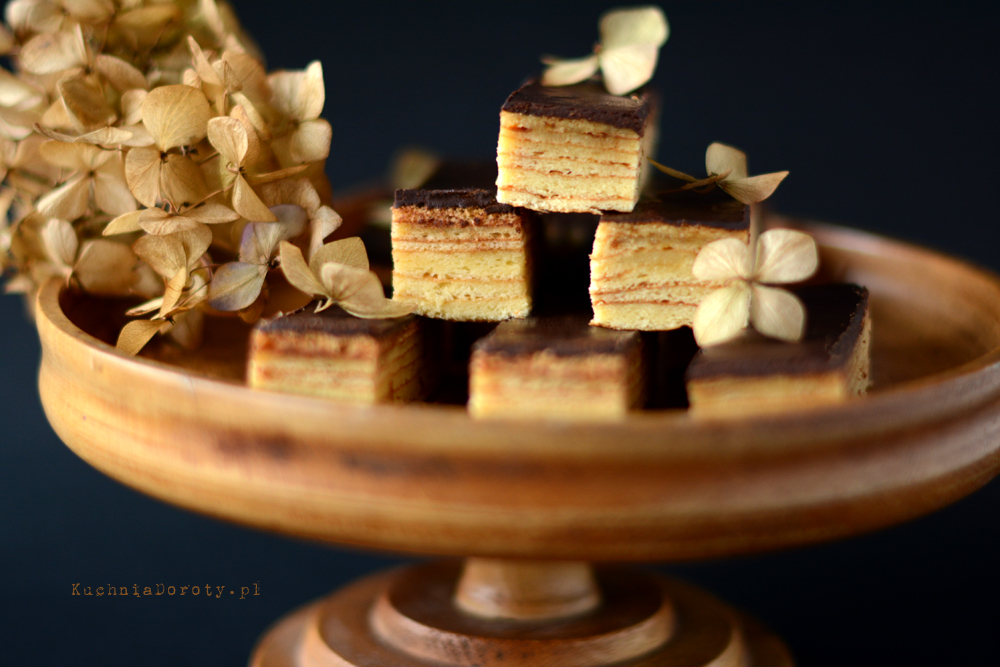Sękacz
sekacz, šakotis, raguolis, sękacz, bankukha, tree cake, spit cake
Šakotis (Polish: sękacz [ˈsɛŋkat͡ʂ] ⓘ, Belarusian: банкуха, romanized: bankukha) is a Lithuanian, Polish and Belarusian traditional spit cake. It is a cake made of butter, egg whites and yolks, flour, sugar, and cream, cooked on a rotating spit in an oven or over an open fire. The cake became popular in the 19th century in the former territory of the Polish–Lithuanian Commonwealth (1569–1791). Its origins are related to the baumkuchen in German cuisine. The first recipe in the Polish - Lithuanian - Belarusian region was published in Vilnius by Jan Szyttler in 1830 (the culinary book "Kucharz dobrze usposobiony..."). Its name means "tree cake" due to its distinctive shape (it is often conical, like a pine tree, and with the drips as branches) and "tree rings" inside. It is baked in a time- and labor-intensive process, by painting layers of batter onto a rotating spit in a special open oven or over an open fire.
Source: Wikipedia
Recipes











